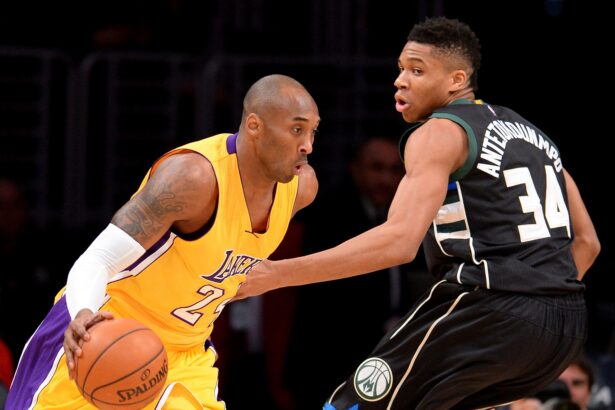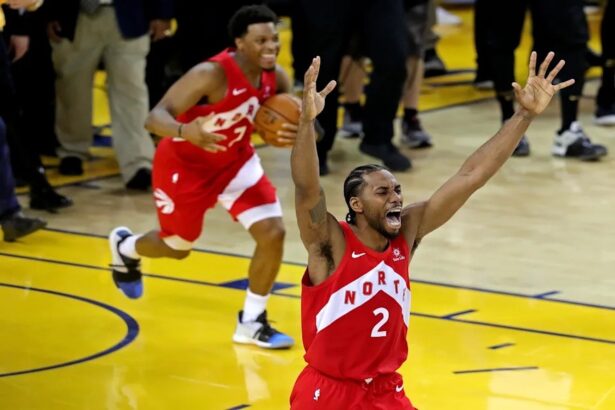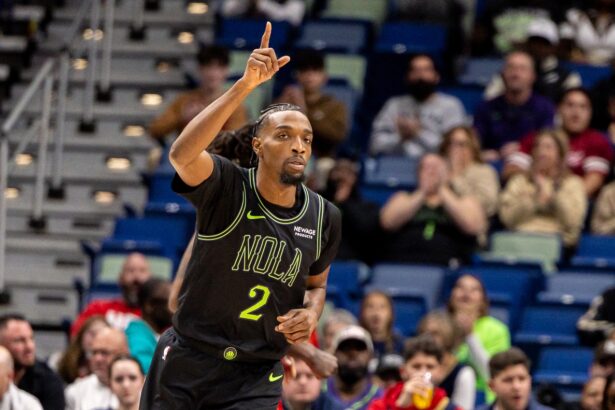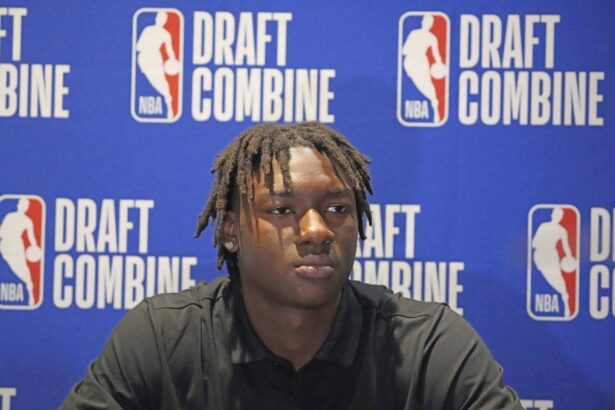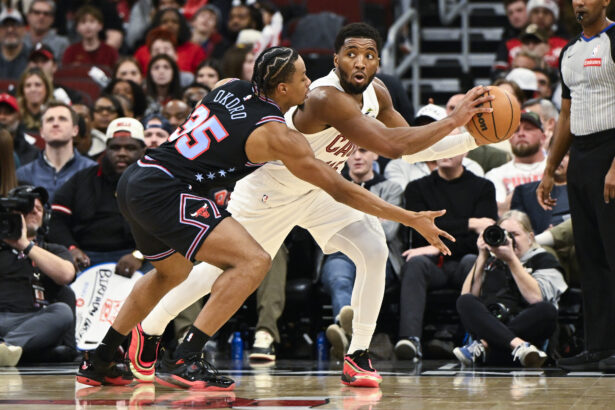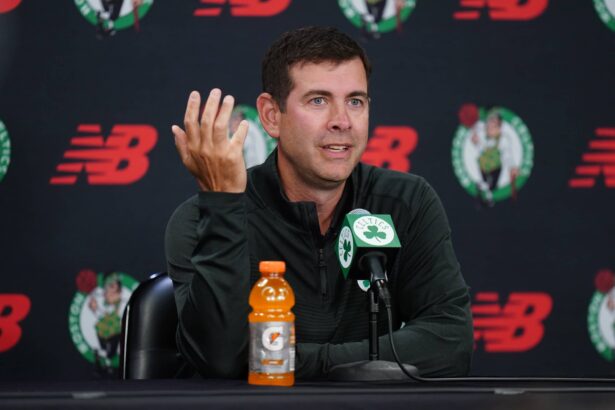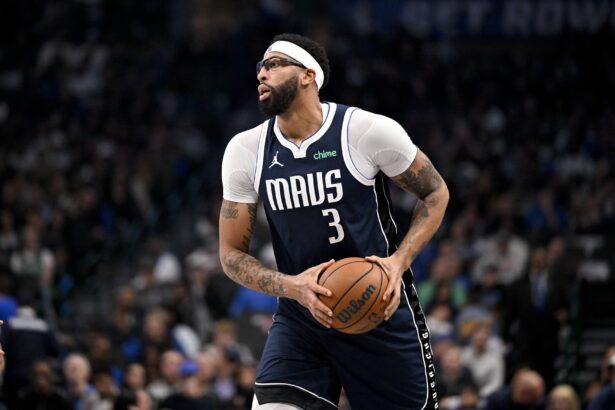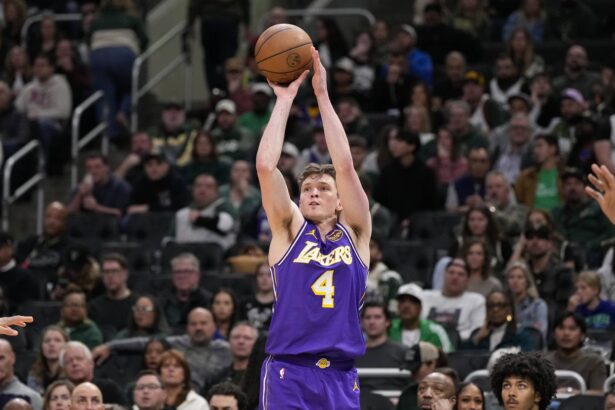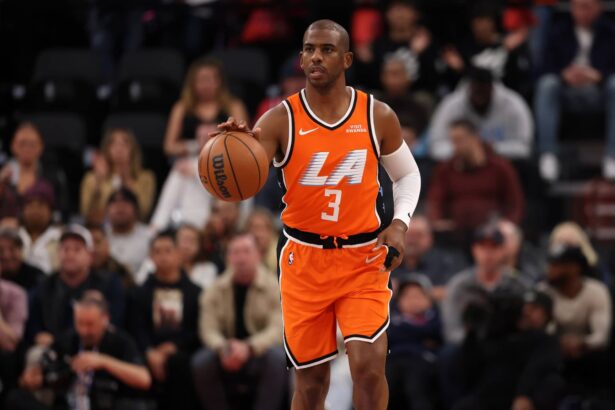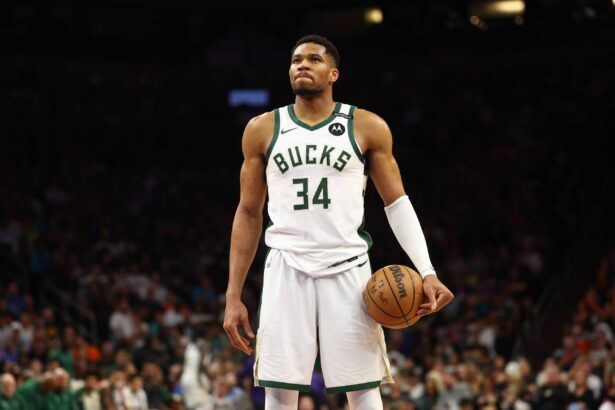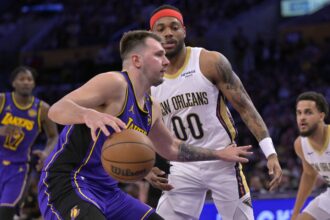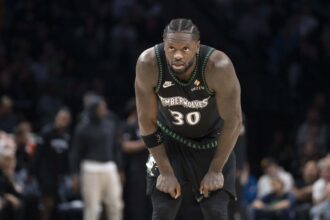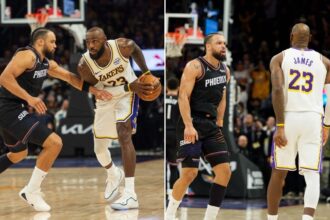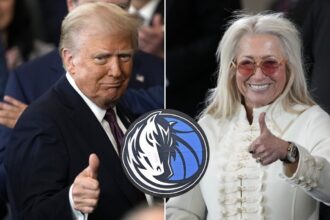The NBA G League’s experimental free throw rules that were implemented in 2019, where each free throw attempt counts for either 1, 2, or 3 points for the first 46 minutes of the game, sparked a flurry of reactions from fans across social media platforms.
“Prime Harden would’ve been in the goat conversation.”
One fan mused that a prime James Harden, known for his prowess at drawing fouls and converting free throws, would have thrived under such rules, elevating his status into the Greatest of All Time (GOAT) conversation. This comment reflects the belief that Harden’s scoring ability and knack for drawing fouls would have made him unstoppable under the G League’s unique free-throw system.
“They should do this for Giannis.”
Another fan suggested extending the rule to benefit players like Giannis Antetokounmpo, whose aggressive driving style often leads to fouls. By awarding multiple points for free throw attempts, players like Giannis could capitalize on their ability to draw fouls and convert free throws, potentially increasing their scoring output.
“Basically ball don’t lie.”
However, not all fans were enamored with the rule change. Some labeled it as “trash” or criticized it as an unnecessary innovation. Others humorously remarked that the rule change essentially validated a popular saying suggesting that the outcome of the free throw attempts would reveal the true merit of the foul calls.
“Joel would have a field day being the master of soft calls and flopping.”
The notion of Joel Embiid, known for his adeptness at drawing fouls and embellishing contact, thriving under the new rule sparked further discussion. Fans speculated that Embiid’s ability to manipulate referees and capitalize on soft calls through flopping would give him a significant advantage in the G League’s free throw system.
“3 pt dunk.”
The implementation of such unconventional rules prompted imaginative scenarios, with one fan jokingly suggesting a “3-point dunk” in reference to the possibility of awarding additional points for certain types of field goals.
“NBA half-court should be 5.”
Another fan proposed extending the innovation to the NBA, advocating for a similar system where half-court shots would be worth five points.
The NBA G League introduced new free throw rules in 2019 as part of their ongoing efforts to innovate the game. Under these rules, for the first 46 minutes of a game, each time a player is fouled and awarded free throws, they shoot only one free throw attempt. However, the unique aspect of these free throws is that the number of points awarded depends on the nature of the foul.
Whether it’s an and-1 situation, a 2-shot foul, or a 3-shot foul, the player shoots just once from the free throw line, but the free throw attempt counts for either 1, 2, or 3 points based on the foul committed. This means that a player could potentially score multiple points with a single free throw attempt, depending on the circumstances of the foul.
For example, if a player is fouled while attempting a 3-point shot and is awarded three free throws, they would shoot just one free throw attempt, but each made free throw could count as 3 points, potentially resulting in a total of 9 points from a single trip to the free throw line.
This rule change represents a significant departure from traditional free throw rules in basketball, where each free throw attempt typically counts for only one point regardless of the situation. By introducing this innovative approach to free throws, the G League aimed to add an element of excitement and unpredictability to the game while providing players with new opportunities to capitalize on fouls and increase their scoring output.
While some fans may view these changes skeptically, others see them as opportunities to enhance the excitement and unpredictability of the game. Whether these experimental rules will gain traction and be adopted by other leagues remains to be seen, but they have certainly sparked lively debate and speculation among fans.
What Changes Could Help Make The NBA Better?
As the NBA continues to evolve and adapt to the changing landscape of basketball, there are several rule changes that could potentially enhance the game and improve the overall fan experience.
One proposed change is to move back the three-point line. With the rise of sharpshooters and long-range specialists in the league, extending the distance of the three-point line could add a new layer of strategy to the game. It would require players to develop even deeper shooting range and could help to balance out the dominance of perimeter scoring in today’s NBA.
However, there’s also been discussion about bringing back hand-checking, a defensive tactic that was phased out in the early 2000s. While some argue that hand-checking could help to curb the offensive explosion in the league and make defense more impactful, others believe that today’s players are too skilled and athletic for hand-checking to have a significant effect.
Another intriguing idea is the introduction of a four-point line, similar to what’s seen in the NBA Celebrity All-Star Game. Adding a four-point line would reward players for their ability to shoot from even greater distances, injecting more excitement and unpredictability into the game. It could also open up new offensive strategies and create additional opportunities for comebacks.
Another potential rule change that could impact defense is the removal of the five-second rule for defenders. Currently, defenders are not allowed to closely guard an offensive player for more than five seconds without actively guarding them. Removing this rule could give defenders more freedom to apply pressure and disrupt offensive plays for longer periods, leading to increased defensive intensity and potentially more turnovers.
By allowing defenders to maintain tight coverage for extended periods, teams could employ more aggressive defensive strategies, such as full-court presses or extended half-court traps. This change could create a more physical and intense defensive environment, challenging offenses to adapt and innovate to overcome increased defensive pressure.
Furthermore, removing the five-second rule could lead to more one-on-one matchups and isolation plays, as offensive players would need to work harder to create separation from their defenders. This could showcase individual skill and athleticism and add an exciting element of mano-a-mano battles within the game.
The use of artificial intelligence (AI) technology to enhance the viewing experience is another potential avenue for improvement. The NBA’s recent launch of NB AI, a platform designed to provide fans with immersive and interactive game coverage, demonstrates the league’s commitment to embracing cutting-edge technology. By leveraging AI, fans could enjoy enhanced statistics, real-time analysis, and personalized viewing experiences, making watching NBA games even more engaging and immersive.
Overall, while implementing rule changes can be a delicate balancing act, exploring innovative ideas to evolve the game and cater to the modern audience is essential for the NBA’s continued growth and success. Whether it’s adjusting the three-point line, reintroducing hand-checking, or embracing AI technology, the NBA has the opportunity to shape the future of basketball and enhance the fan experience for generations to come.
Thank you for being a valued reader of Fadeaway World. If you liked this article, please consider following us on Google News. We really appreciate your support.






